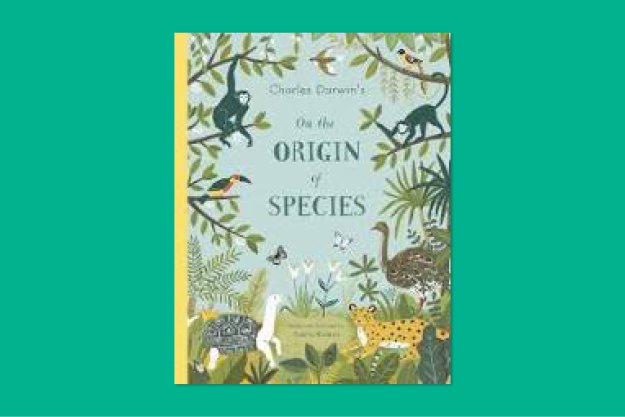 Image 1 of 1
Image 1 of 1


Starting Points: Where The Poppies Now Grow
Starting Points are written to help you plan book-based units of work. In this set based on Where The Poppies Now Grow by Hilary Robinson and Martin Impey, you’ll find ideas to support spoken language, reading, writing, grammar, vocabulary and spelling. This Starting Points resource will give you everything you need to plan a beautiful book-based unit of work for children in KS2.
Where The Poppies Now Grow is a beautifully illustrated narrative poem about two boys growing up and fighting in The Great War. It is an accessible and poignantly told story that deals sensitively with the horror of war and the enduring nature of friendship. With echoes of some of the great war poems and reference to some of the poets who wrote them, it is the perfect book to accompany work about WWI and remembrance.
In this set of Starting Points we have offered extensive ideas to support reading and discussion of the text and have included suggestions for teaching the following grammar objectives:
Correct choice and consistent use of present tense and past tense throughout writing
Commas to separate items in a list
Use of inverted commas and other punctuation to indicate direct speech
Expressing time, place and cause using conjunctions, adverbs or prepositions
Relative clauses beginning with who, which, where, when, whose, that or an omitted relative pronoun.
Use of commas to clarify meaning or avoid ambiguity.
Starting Points are sets of book-based planning ideas. The books are not included in the packs.
Starting Points are written to help you plan book-based units of work. In this set based on Where The Poppies Now Grow by Hilary Robinson and Martin Impey, you’ll find ideas to support spoken language, reading, writing, grammar, vocabulary and spelling. This Starting Points resource will give you everything you need to plan a beautiful book-based unit of work for children in KS2.
Where The Poppies Now Grow is a beautifully illustrated narrative poem about two boys growing up and fighting in The Great War. It is an accessible and poignantly told story that deals sensitively with the horror of war and the enduring nature of friendship. With echoes of some of the great war poems and reference to some of the poets who wrote them, it is the perfect book to accompany work about WWI and remembrance.
In this set of Starting Points we have offered extensive ideas to support reading and discussion of the text and have included suggestions for teaching the following grammar objectives:
Correct choice and consistent use of present tense and past tense throughout writing
Commas to separate items in a list
Use of inverted commas and other punctuation to indicate direct speech
Expressing time, place and cause using conjunctions, adverbs or prepositions
Relative clauses beginning with who, which, where, when, whose, that or an omitted relative pronoun.
Use of commas to clarify meaning or avoid ambiguity.
Starting Points are sets of book-based planning ideas. The books are not included in the packs.












